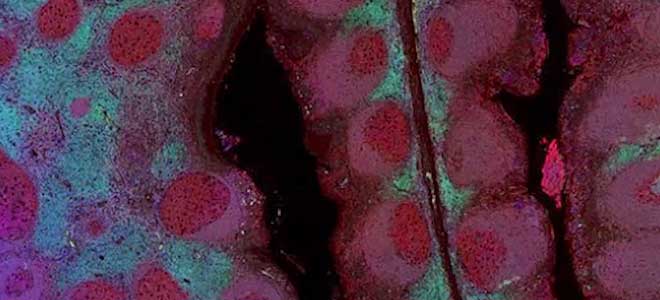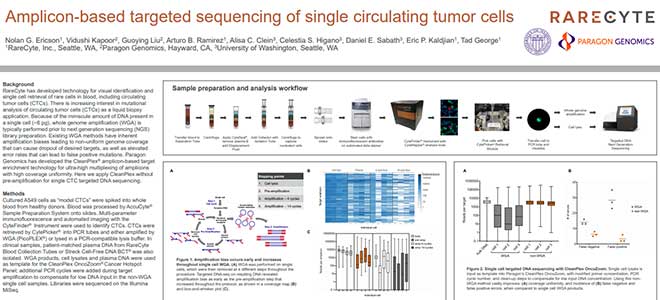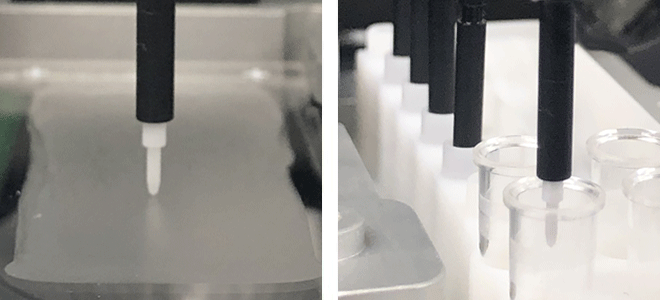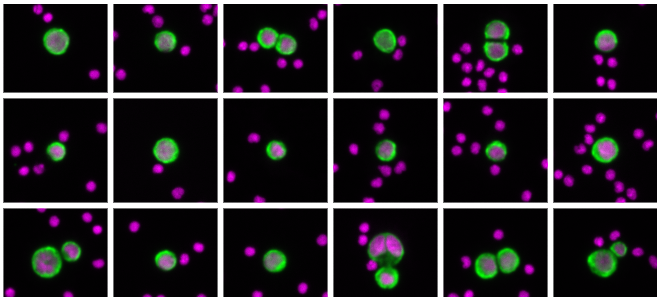Single-Cell Analysis and Cell Retrieval
Single-cell analysis allows exploration of cell types and states present in health and disease. Analysis of rare, single cells demands accurate image-based identification of cell type, reliable single-cell isolation, preservation of nucleic acid integrity, and workflows compatible with RNA and DNA analysis.
RareCyte technology enables molecular analysis of rare, single cells
- Mutational analysis and detection of sub-chromosomal duplications and deletions
- T-cell antigen receptor discovery
- High sensitivity and specificity enable applications where cells are difficult to find
- Works with any specimen on slides including blood smears, tissue, and fine needle aspirates
- Enables deep phenotyping and flexible biomarker analysis
- Integrated platform from sample collection and rare-cell identification to single-cell or tissue micro-region retrieval
- Accommodates fixed or live cell samples
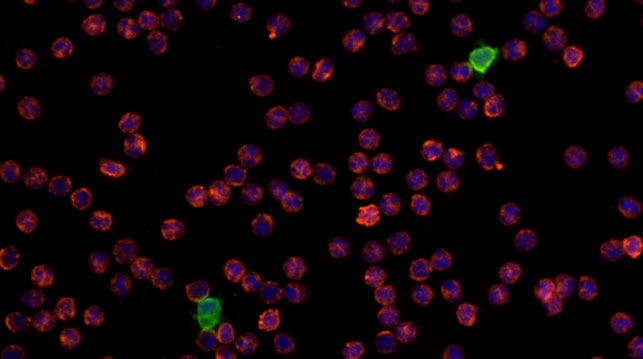
Multiple myeloma cells from liquid biopsy sample on an AccuCyte slide. CD45 (red) / CD138 (green) / nuclei (blue)
High Sensitivity for Precise Single-Cell Analysis and Retrieval
- Sensitivity: Platform tailored for ultra-rare cell collection, identification, and isolation
- Specificity: Protein expression heterogeneity among rare target cells revealed with up to six channels, and image-based cell identification and selection ensures integrity of single cell data
- Retrieval: Gentle single cell isolation from multiple sample preparation types that enable both DNA and RNA analysis
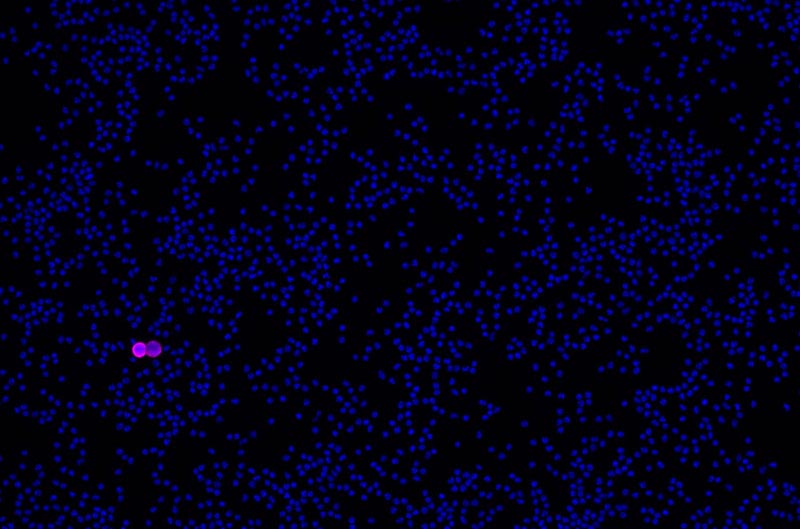
SK-BR-3 model CTC surrounded by white blood cells on AccuCyte® slide. CK / EpCAM (magenta) / nuclei (blue).
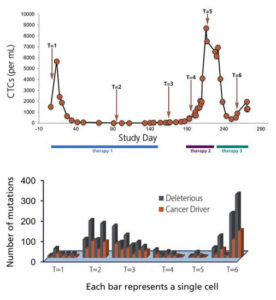
Monitor changes in CTC count (top) and mutational burden (bottom) over time in triple-negative breast cancer patients. ITOMIC-001 study data courtesy of Tony Blau, University of Washington, Anup Madan and Kellie Howard, Covance Genomics
Single Cell Retrieval
Integrated single cell retrieval is facilitated using the CytePicker retrieval module and is compatible with whole genome amplification for genome wide sequencing. Read more about RareCyte CTC isolation and retrieval in this NSCLC publication →
- Needle-based retrieval of single cells from any location on the slide
- Visualize cells before and after retrieval
- Preserve sample integrity for downstream molecular analysis
- Retrieval module available on the CyteFinder II instrument only
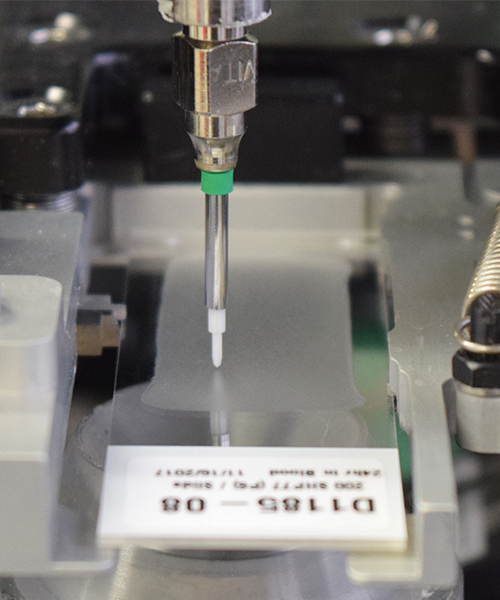
CytePicker® Module picks a single cell from AccuCyte® slide
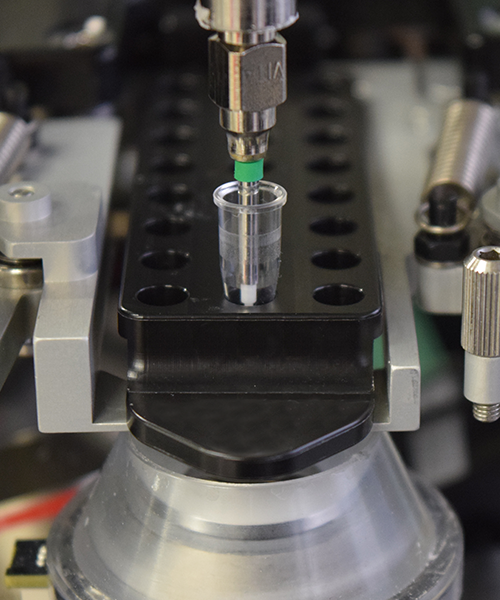
Single cell is deposited into PCR imaging tube
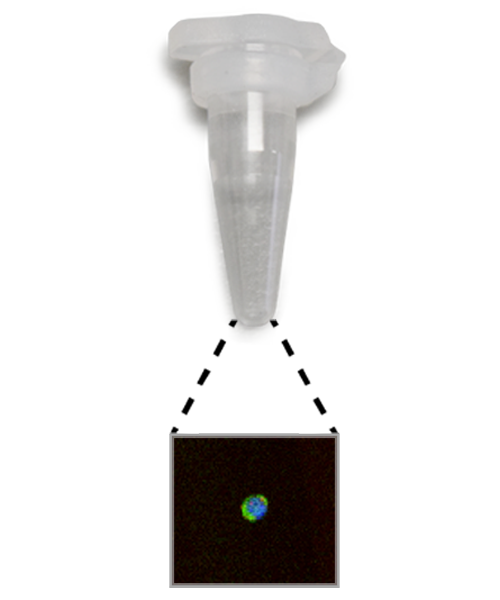
Deposition is visually confirmed by imaging on CyteFinder® Instrument
RareCyte Technology for Single Cell Diagnostics and Analysis
Headquartered in Seattle, WA, RareCyte is an innovative precision biology company that has developed technologies and end-to-end integrated platforms enabling advances in oncology, immuno-oncology, maternal-fetal health, and cell and gene therapy.Our interdisciplinary team of scientists and engineers are continuously dedicated to designing products and provide services which advance biomedical research and contribute to companion diagnostic development.
Learn more about our customized service programs or speak to a team member to get started.


